Retinol Creams: Frequency of Use
Introduction to Retinol
Retinol, a derivative of Vitamin A, has gained immense popularity in skincare due to its remarkable anti-aging and skin rejuvenating properties. It's known for reducing the appearance of fine lines, wrinkles, and uneven skin tone. However, the key to harnessing the full benefits of retinol lies in understanding the correct frequency of its use.
Understanding Retinol and Its Benefits

Retinol’s Mechanism of Action: Retinol works by accelerating skin cell turnover, shedding old cells, and stimulating the production of new skin cells. It also boosts collagen production, which is vital for maintaining skin elasticity.
Benefits of Retinol: The primary benefits of retinol include:
- Reduction of fine lines and wrinkles
- Improved skin texture and tone
- Minimized appearance of pores
- Reduction in acne outbreaks
- Fading of age spots and hyperpigmentation
Starting with Retinol: The Initiation Phase

Choosing the Right Concentration: Retinol creams come in various concentrations. For beginners, it's advisable to start with a lower concentration, typically around 0.25% to 0.5%.
Initial Frequency of Use: Begin by applying retinol cream once or twice a week, gradually increasing the frequency. This approach allows your skin to build tolerance to the product.
Observing Skin Response: Pay attention to how your skin reacts. Initial reactions can include slight redness, dryness, or peeling. These are normal and usually subside as your skin adjusts to the retinol.
Progressing with Retinol: The Adjustment Phase

Increasing Frequency: After a few weeks, if your skin is tolerating the retinol well, you can increase the frequency of application. This could mean moving to every other night, and eventually, nightly use.
Monitoring Skin Health: It's essential to continue monitoring your skin’s response. If irritation occurs, reduce the frequency of application or switch to a lower concentration.
Combining with Other Skincare Products: Be cautious when combining retinol with other active ingredients like alpha hydroxy acids (AHAs) and beta hydroxy acids (BHAs). It's best to alternate these to avoid over-stressing the skin.
Establishing a Long-term Retinol Routine
Consistency is Key: Regular use is crucial for seeing the benefits of retinol. It may take several weeks to a few months to notice visible improvements in the skin.
Adjusting to Seasonal Changes: Your skin’s tolerance to retinol can change with the seasons. You might need to reduce frequency during winter or increase moisturization to counteract increased dryness.
Long-term Use Considerations: Continuous use of retinol can lead to sustained improvements in skin texture and tone. However, it’s important to take breaks or reduce frequency if you experience prolonged irritation or if you're planning to spend a lot of time in the sun.
Safety and Precautions
Sun Protection: Retinol can make your skin more sensitive to the sun. Daily use of a broad-spectrum sunscreen with SPF 30 or higher is essential.
Pregnancy and Breastfeeding: Retinol is not recommended for use during pregnancy or breastfeeding. Consult with a healthcare provider for suitable alternatives.
Patch Testing: Before starting any new retinol product, perform a patch test to check for any adverse reactions.
Conclusion
Incorporating retinol into your skincare routine can significantly improve skin health and appearance. The key is to start slow, monitor your skin’s reaction, and adjust the frequency of use accordingly. With patience and consistency, retinol can be a transformative addition to your skincare regimen.
Remember, every skin type is unique, so it’s essential to listen to your skin and adjust your retinol usage as needed. For personalized advice, consult with a dermatologist.


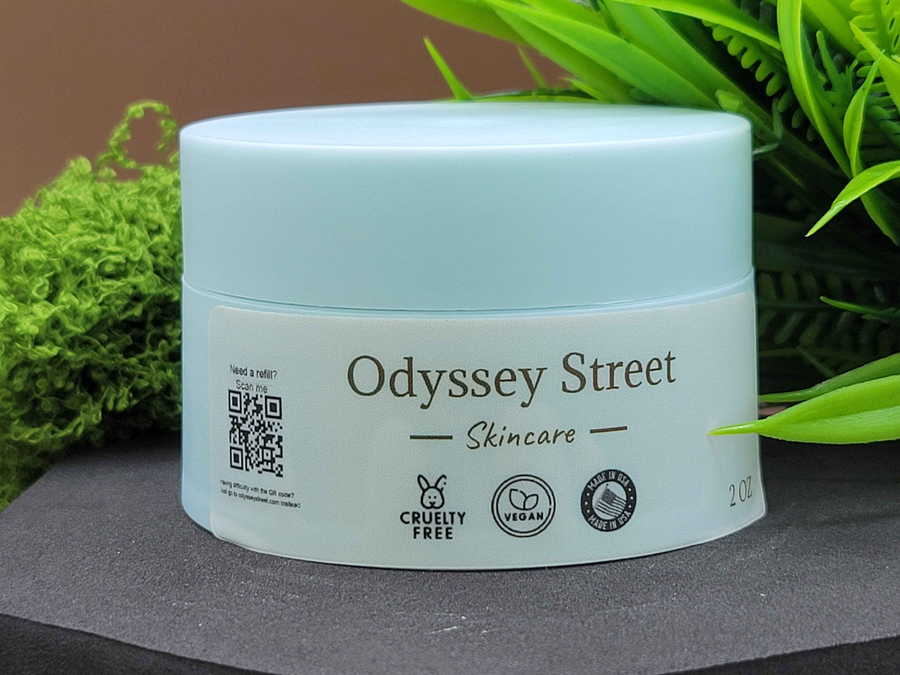
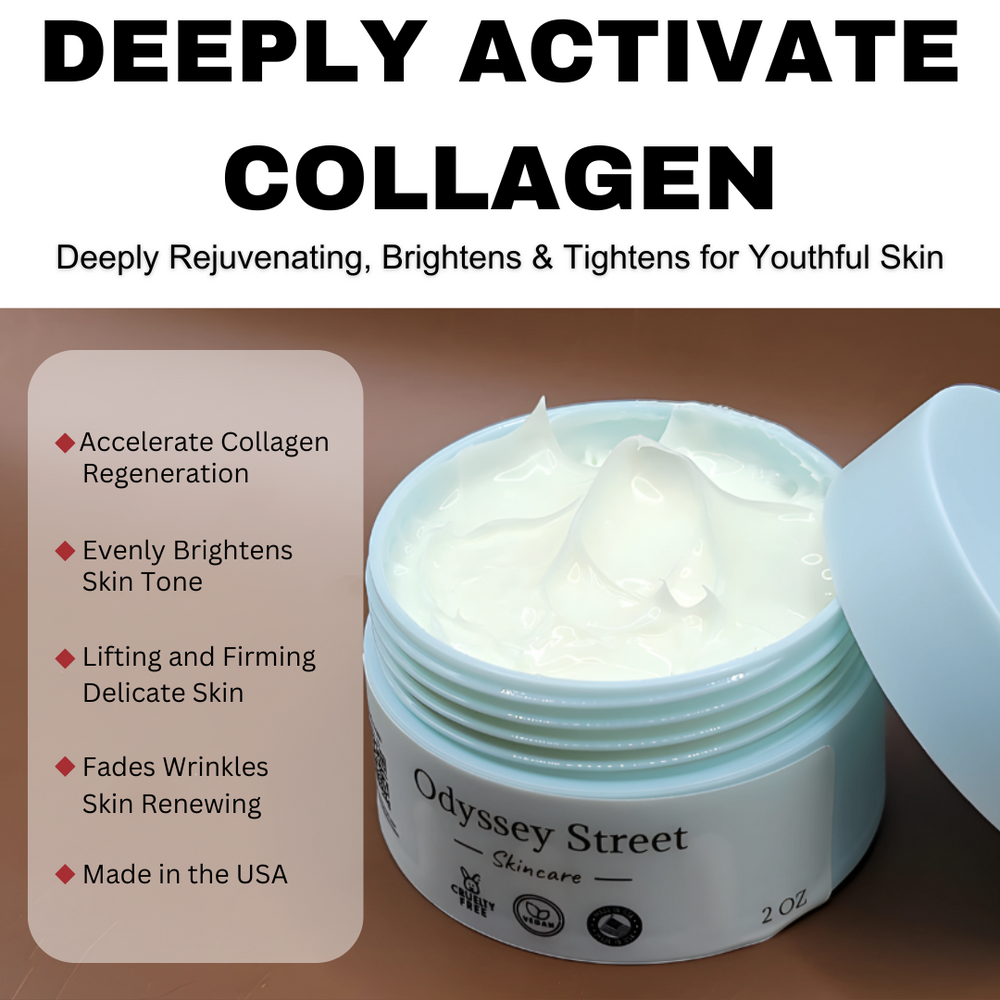




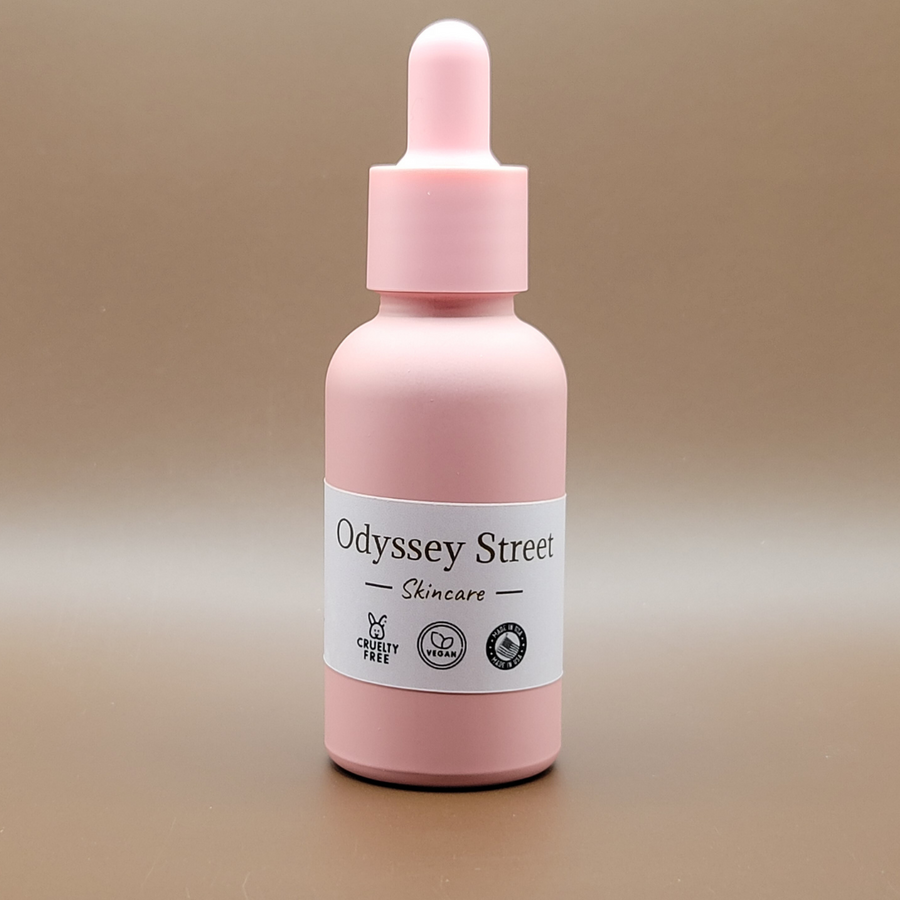
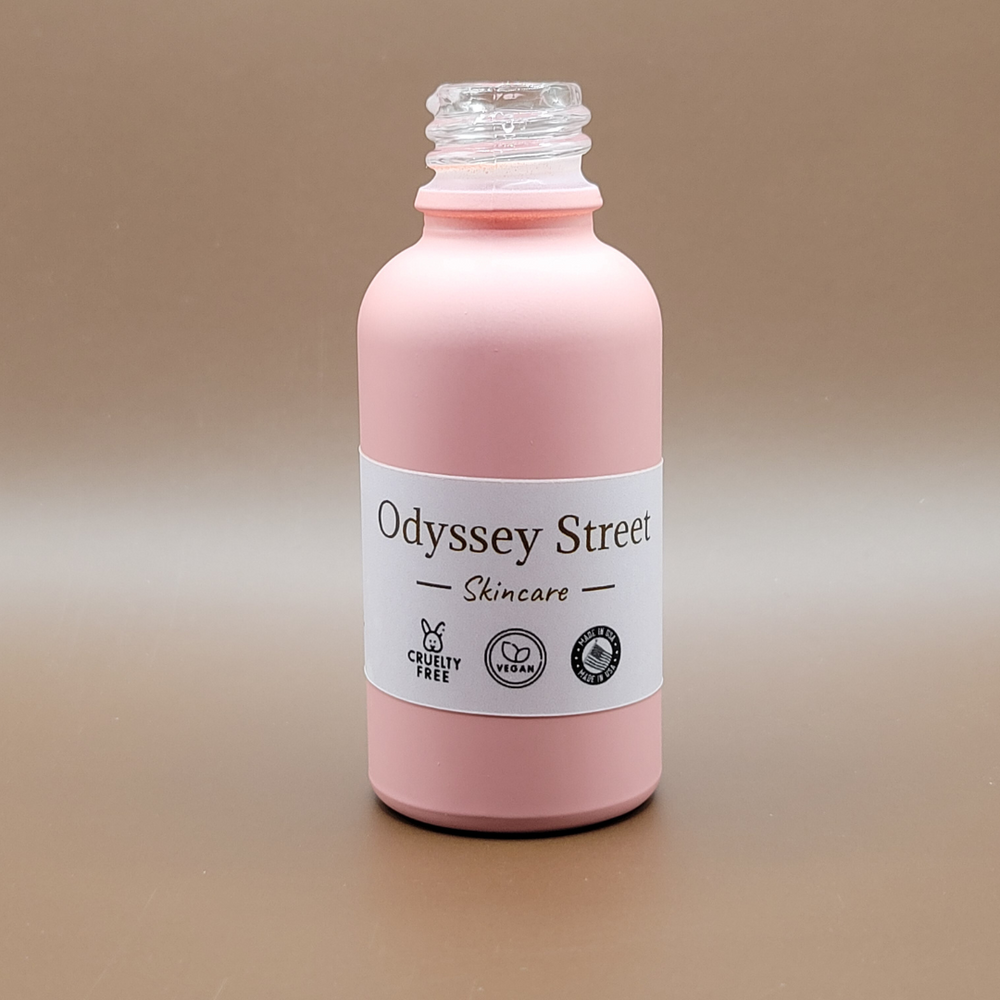
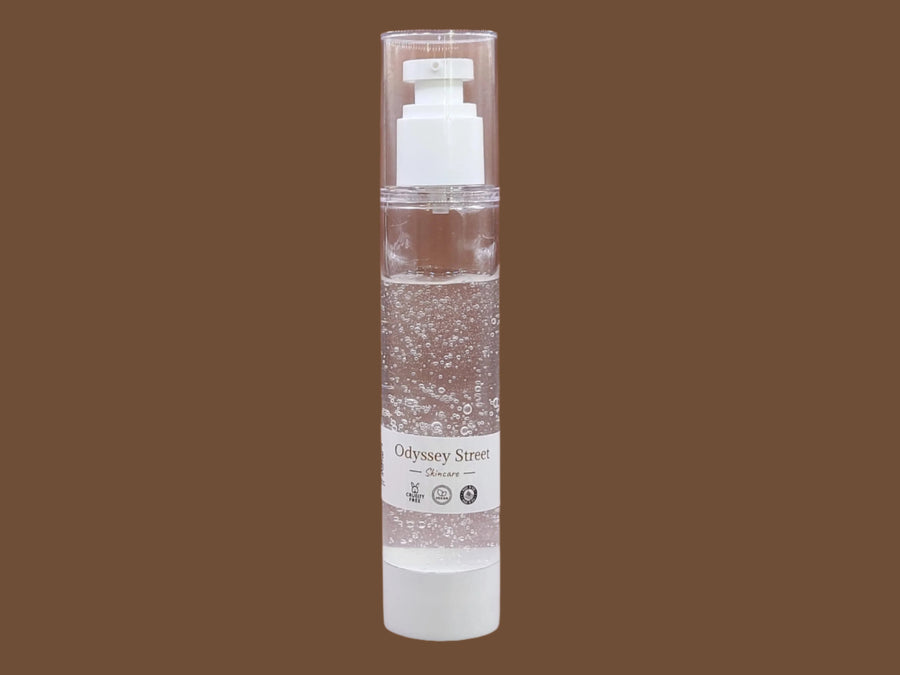
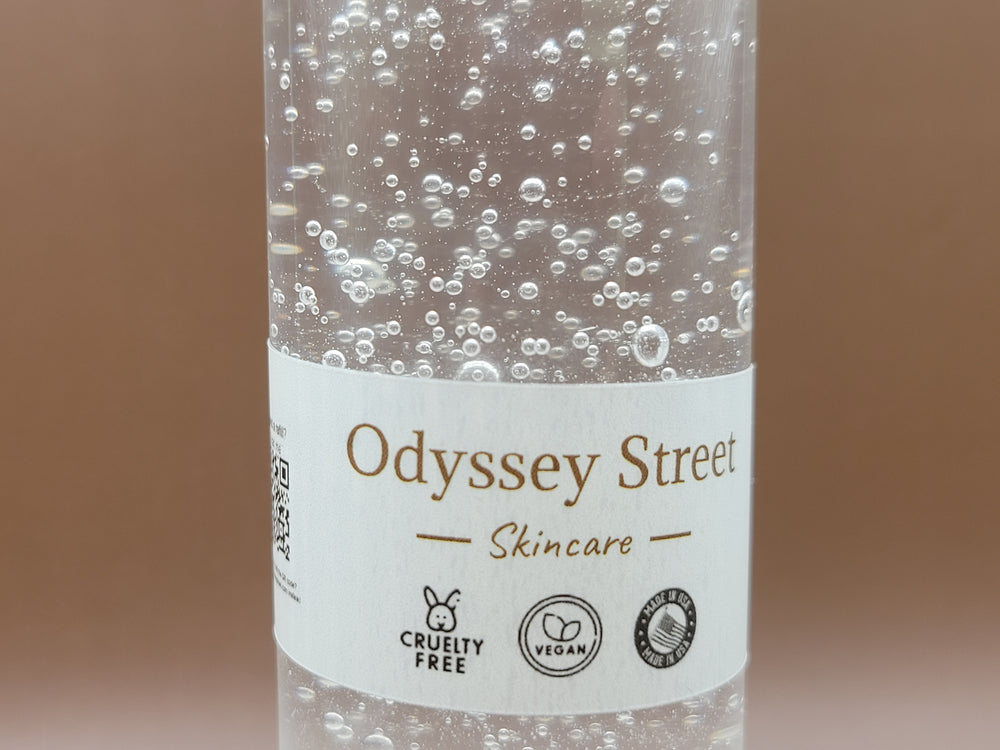

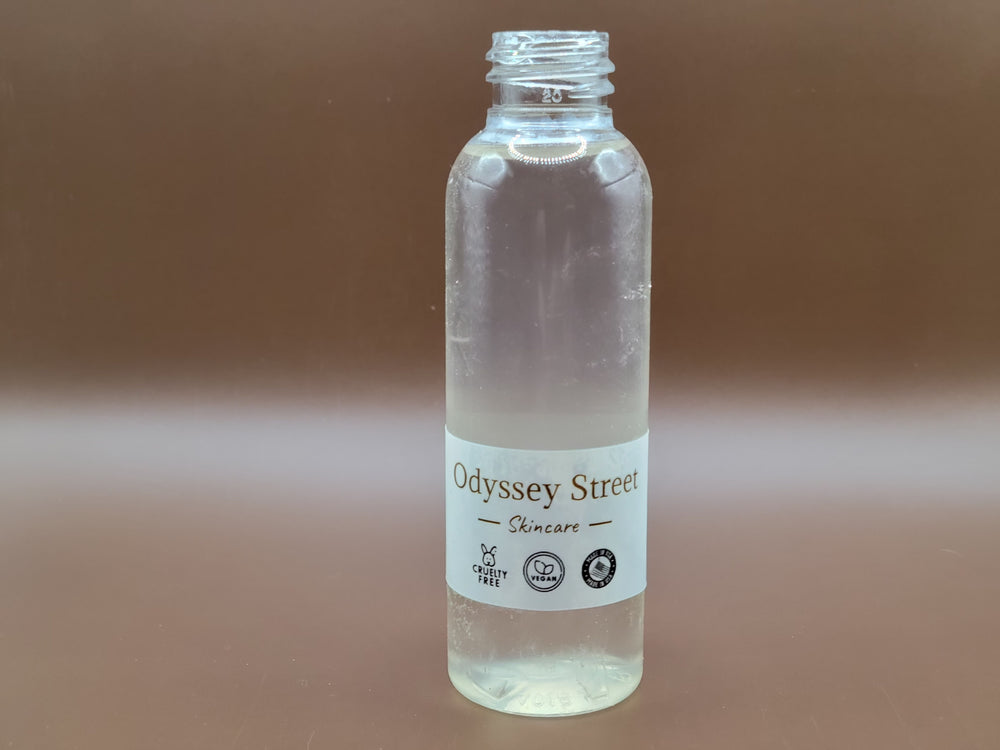
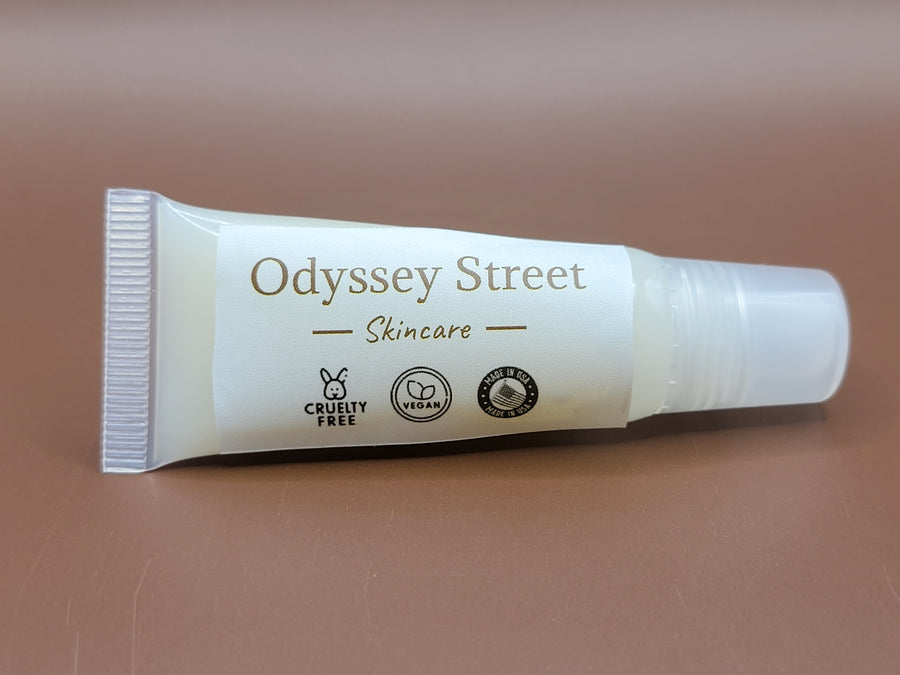
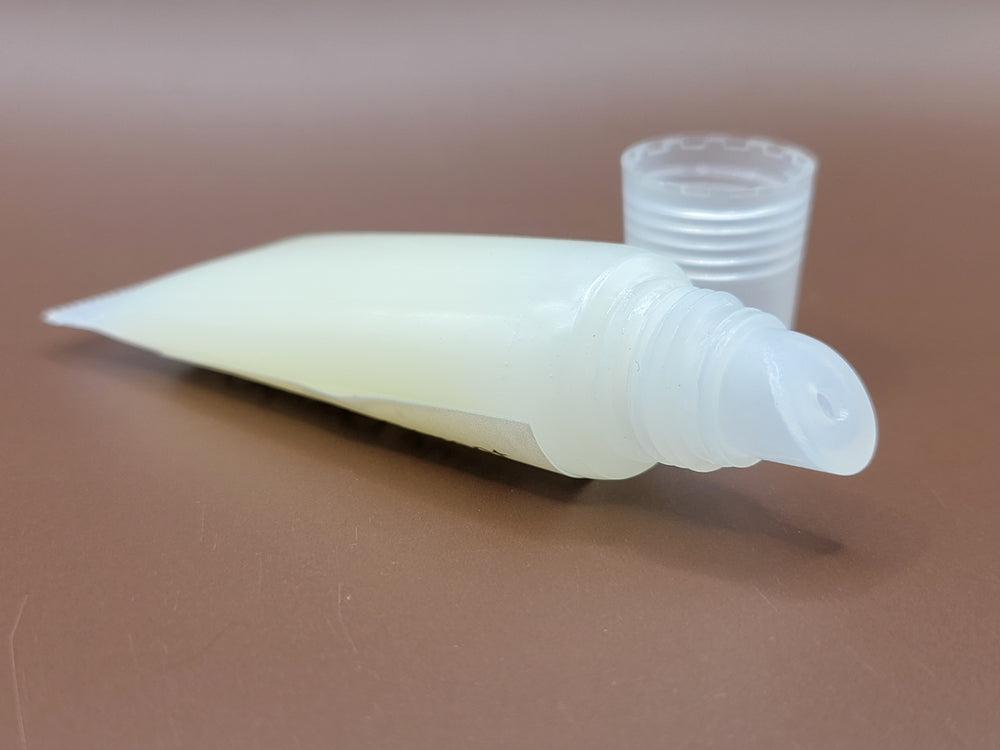
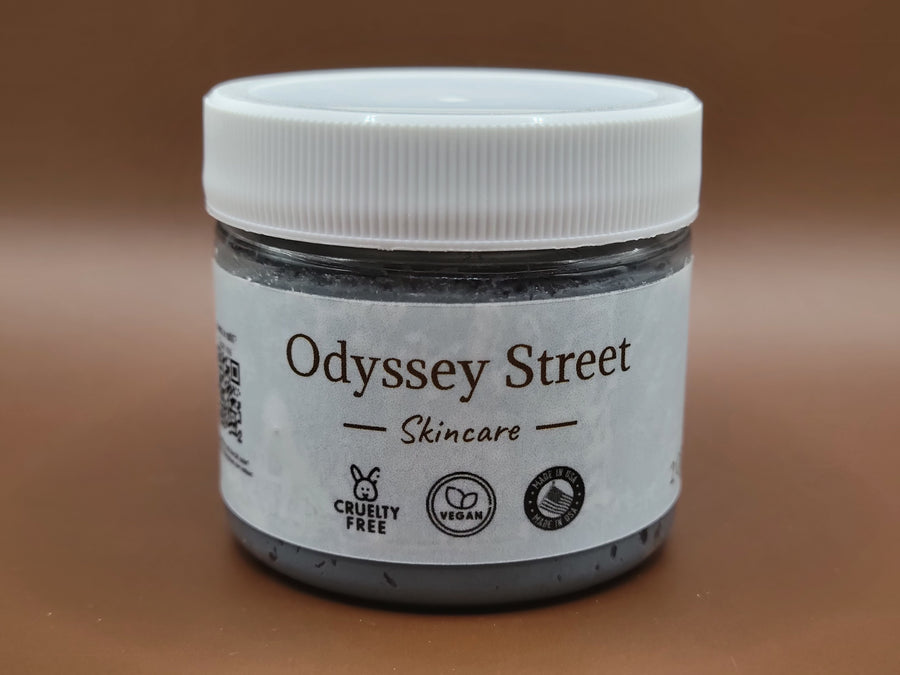
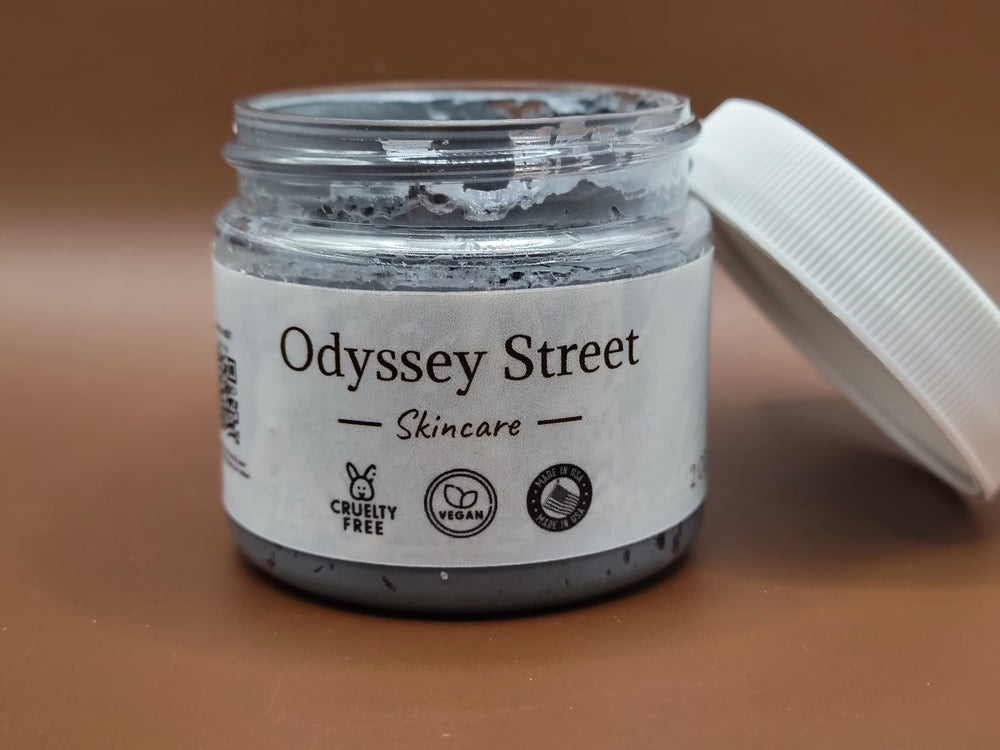
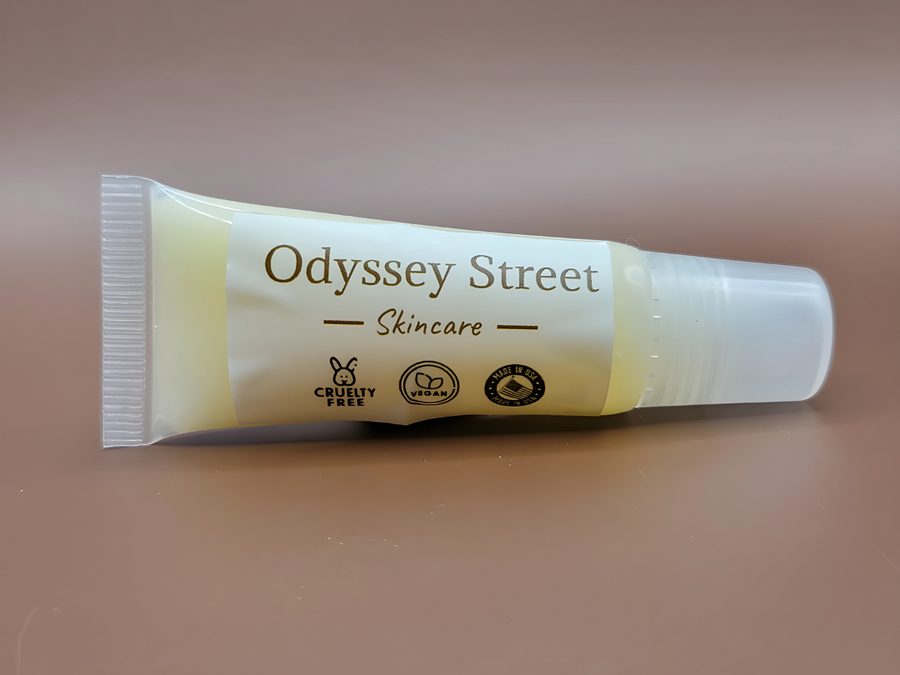

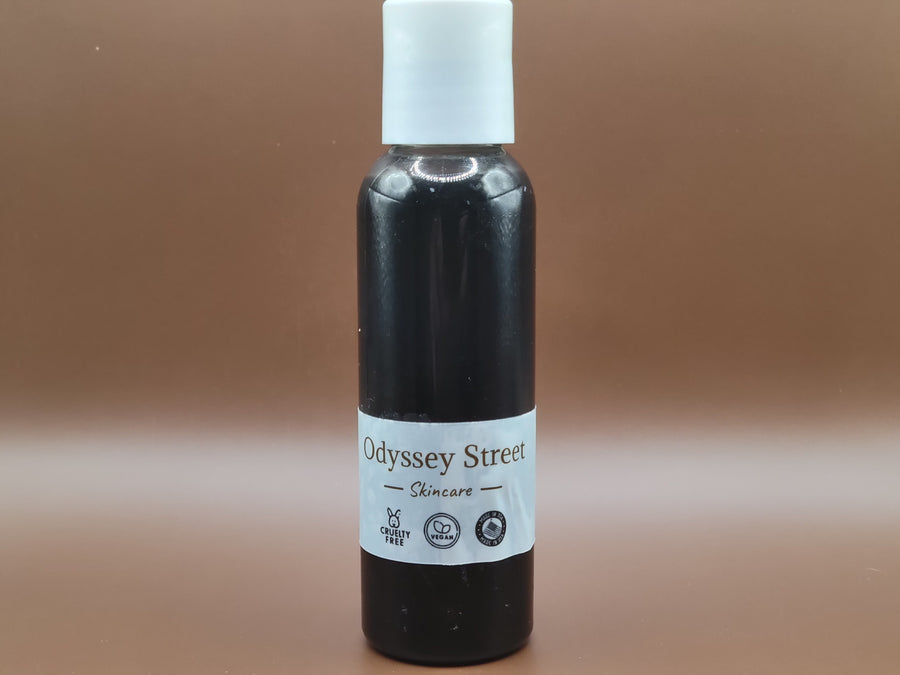
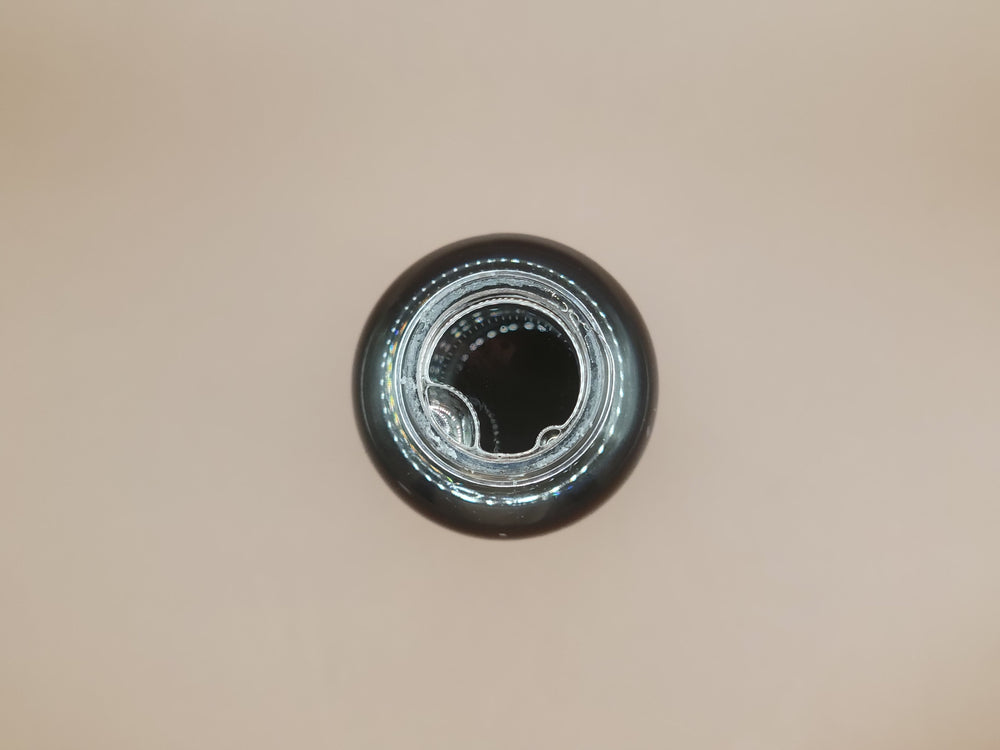
Leave a comment